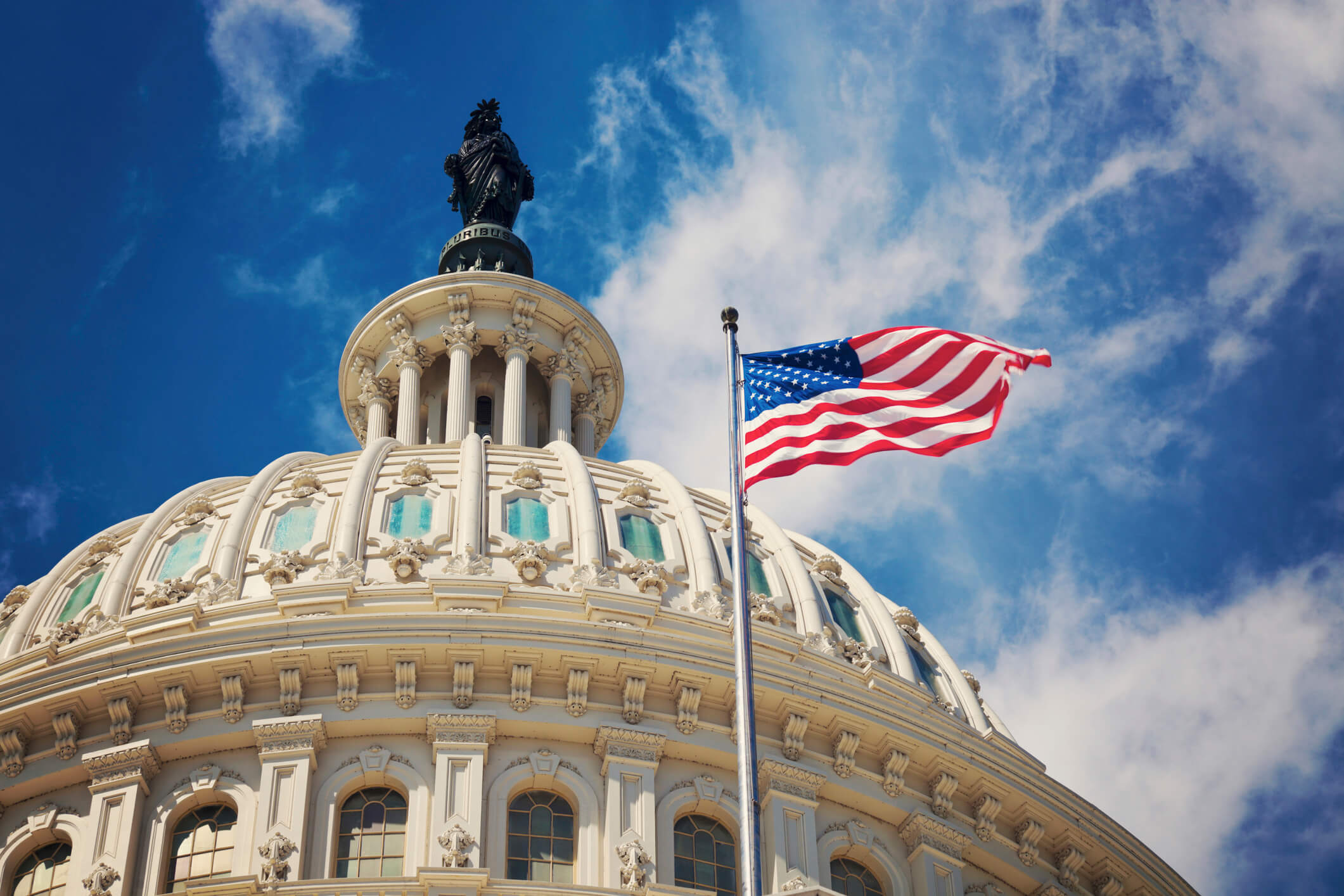On May 23, 2017, President Trump released his Fiscal Year 2018 (FY2018) budget proposal—a more detailed and developed version (it’s nearly 1300 pages long) of the so-called “skinny” budget that was released in March of 2017. Set forth below is a quick analysis of the labor and employment policy implications of the proposal.
I. A Note on the Budget Process
Presidents’ budgets are symbolic and aspirational documents and often described as “dead on arrival.” This is largely because it is Congress—not the president—that writes the checks. However, presidents’ budgets do provide a glimpse into administrations’ policy priorities, and in that way, often act as the “opening bid” in the negotiations to fund the government. While all of these characterizations are still likely true in this case, because both houses of Congress and the White House are in Republican control, the president’s FY18 proposal may be a bit more significant this time around.
II. Agency Funding Levels
Department of Labor: The proposal would fund the Department of Labor (DOL) at $10 billion ($2 billion less than last year or a 20 percent cut). Most of these cuts would be achieved through the elimination or reduction of grant programs and training programs (e.g., Migrant and Seasonal Farmworker Training, Occupational Safety and Health Administration (OSHA) Training Grants, Senior Community Service Employment Program). Individual office/agency funding levels are as follows:
- OSHA: $545 million, down from $554 in 2017 (minus two percent)
- Office of Federal Contract Compliance Programs: $88 million, down from $105 million in 2017 (minus 16 percent)
- Wage and Hour Division: $233 million, up from $230 million in 2017 (plus one percent)
- Office of Labor-Management Standards: $47 million, up from $41 million in 2017 (plus 15 percent)
- Mine Safety and Health Administration: $378 million, the same as 2017
National Labor Relations Board: $258 million, down from $274 million in 2017 (minus six percent).
Equal Employment Opportunity Commission: $364 million, the same as 2017
U.S. Citizenship and Immigration Services: $4.5 billion up from $3.6 billion in 2017 (plus 23 percent)
III. Merger of the EEOC and OFCCP
The president’s FY18 budget proposes to merge the EEOC with the DOL’s OFCCP. This proposal fits in with the current administration’s line of thinking, however, it isn’t exactly a new idea. For example, the Heritage Foundation has been a vocal advocate of eliminating the OFCCP—an idea that former Heritage Foundation officials may have brought with them to new positions within the administration.
Putting aside the mechanical difficulties of accomplishing this goal, both the contracting community and civil rights community are likely to oppose this measure. The civil rights community will claim that combining both agencies will undermine their anti-discrimination (EEOC) and affirmative action and diversity (OFCCP) missions. The business community has already expressed concern—in a House Education and Workforce Committee hearing that took place on May 23, 2017—that a merged agency will make life more difficult for employers by creating more uncertainty and combining the worst aspects of both agencies, such as providing the EEOC with debarment authority.
IV. Expanded Paid Leave
The FY2018 budget proposal would require states to offer paid family leave programs beginning in 2020 by tapping into state unemployment insurance funds. Again, this is not a new idea; a similar proposal was floated by President Clinton’s DOL, but it never took off and was eventually rescinded under the Bush administration.
This is probably another proposal that advocates on both sides of the issue will find unappealing. While leave advocates might express some appreciation at seeing such a proposal from a Republican White House, they may eventually claim that the proposal is too limited in terms of scope and benefits. The business community is likely to oppose it because:
- depleting state unemployment insurance funds will likely require states to increase taxes on employers to make up for the shortfall; and
- raiding unemployment insurance funds potentially jeopardizes a safety net for workers who lose their jobs through no fault of their own—the truly unemployed.









